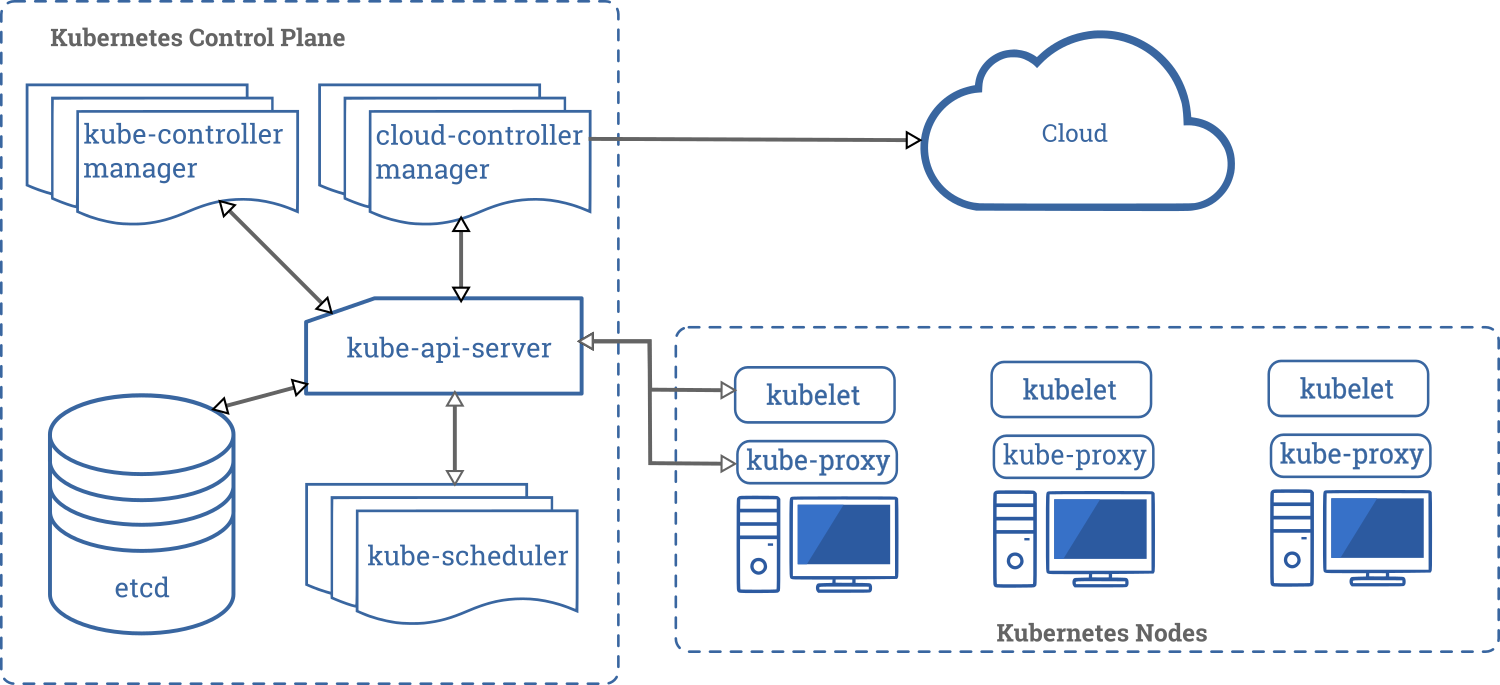A quick look at the building blocks in simple terms for quick understanding.

Review previous parts of this series for better understanding:
This is third part of the Kubernetes series. In this part I will try to add more insights into the essential parts of Kubernetes. I will add more details on the topics in later in the series or there will separate posts as the topics needs.
Container
Container is a standard unit of software that packages up code and all its dependencies so the application runs quickly and reliably from one computing environment to another. The container runtime is responsible for starting and managing containers.
Kubernetes
Kubernetes is a powerful container orchestration system that can manage the deployment and operation of containerized applications across clusters of servers. In addition to coordinating container workloads, Kubernetes provides the infrastructure and tools necessary to maintain reliable network connectivity between your applications and services.
Node
A Node is physical or virtual machine. Every cluster must have at least one Master Node which controls cluster, and one or many Worker Node that hosts Pod.
